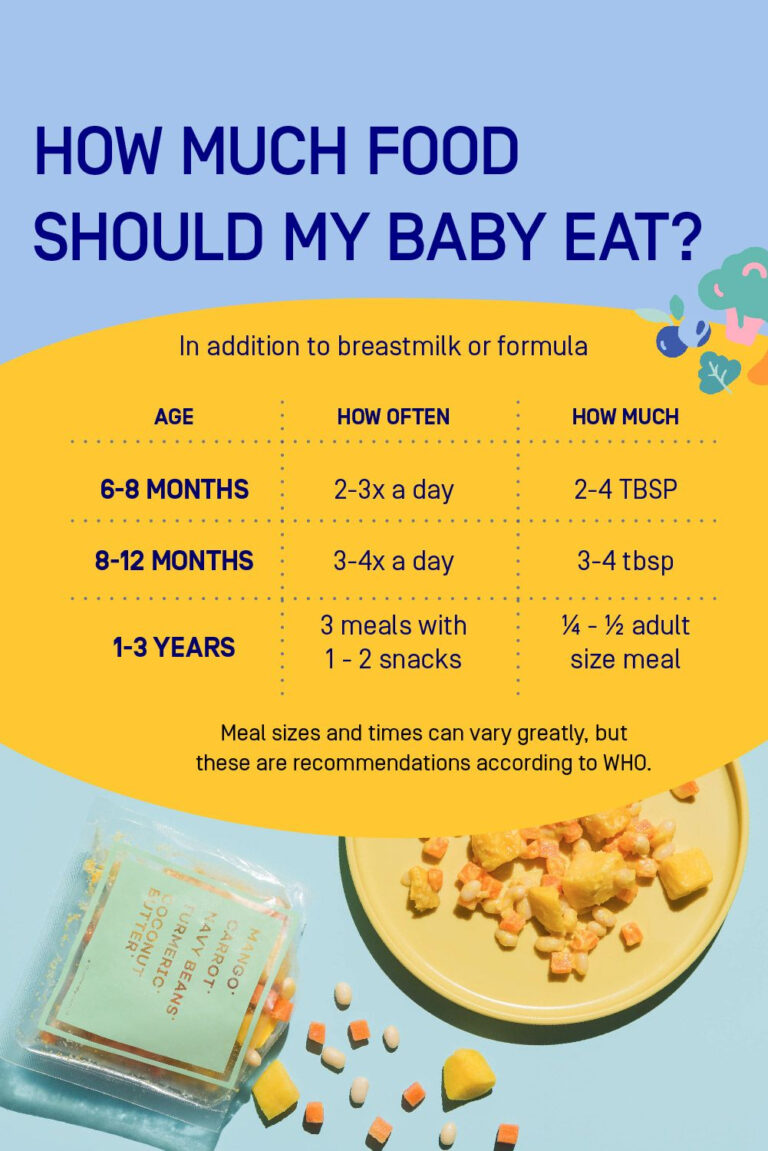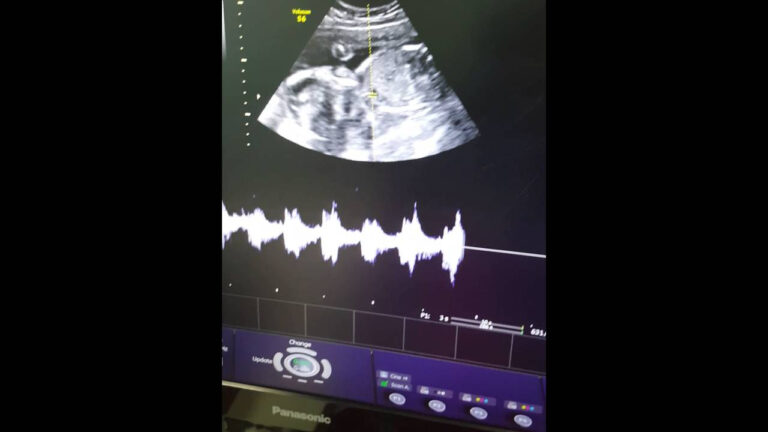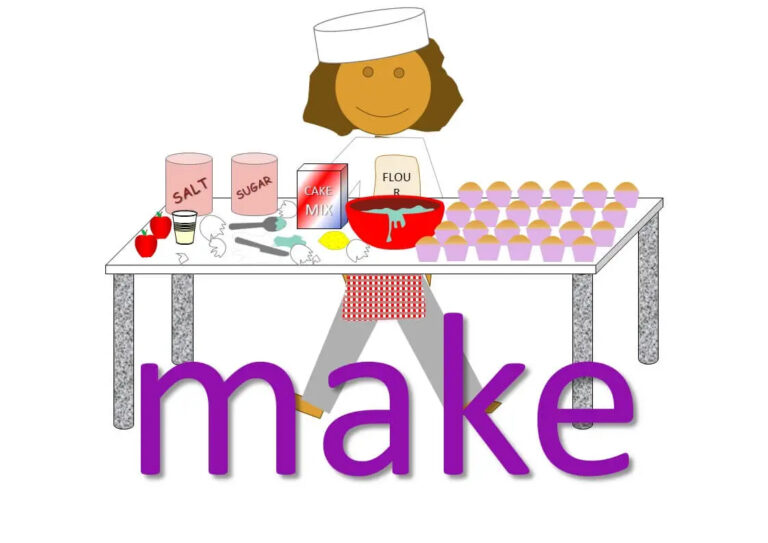Baby Acne: Exploring the Potential Benefits of Breast Milk
Baby acne, a common skin condition affecting newborns and infants, can be a cause of concern for parents. While it usually resolves on its own, many seek natural remedies to alleviate the discomfort and improve the baby’s skin health. One such remedy gaining attention is the use of breast milk.
Breast milk, known for its nutritional value and immunological properties, may offer potential benefits in treating baby acne. This article delves into the role of breast milk in baby acne, exploring its composition, application methods, and anecdotal evidence supporting its use. We will also discuss alternative treatments and preventive measures for baby acne, providing a comprehensive overview for parents seeking natural and effective solutions.
Baby Acne Overview
Baby acne, also known as neonatal acne, is a common skin condition that affects newborns and infants. It is characterized by small, red bumps that appear on the face, chest, or back.
The exact cause of baby acne is unknown, but it is thought to be related to hormonal changes that occur after birth. These hormones can stimulate the sebaceous glands to produce more oil, which can lead to clogged pores and the development of acne.
Prevalence and Age Range
Baby acne is a common condition, affecting up to 20% of newborns. It typically develops within the first few weeks of life and usually resolves on its own within a few months.
Breast Milk’s Role in Baby Acne
Breast milk has been used as a natural remedy for various baby ailments, including baby acne. It is believed to have antibacterial and anti-inflammatory properties that can help soothe and clear up baby acne.
Composition of Breast Milk
Breast milk is a complex fluid that contains various nutrients, antibodies, and growth factors. It is composed of:
- Lactoferrin: An iron-binding protein with antibacterial and anti-inflammatory properties
- Immunoglobulin A (IgA): An antibody that helps protect against bacteria and viruses
- Antioxidants: Vitamins A, C, and E, which help protect the skin from damage
- Growth factors: Substances that promote skin growth and repair
Anecdotal Evidence and Studies
Many parents have reported anecdotal success in using breast milk to treat baby acne. Some studies have also supported these claims.
- A study published in the journal “Pediatrics” found that applying breast milk to baby acne lesions significantly reduced the severity and duration of the acne.
- Another study, published in the journal “Skin Therapy Letter,” reported that breast milk was effective in treating baby acne in 90% of cases.
Application Methods for Breast Milk
Breast milk can be applied to your baby’s skin in various ways, depending on your preference and what works best for your little one.
Using a Cotton Ball
- Squeeze a few drops of breast milk onto a clean cotton ball.
- Gently dab the cotton ball onto your baby’s affected areas.
- Avoid rubbing or scrubbing, as this can irritate your baby’s skin.
Using a Dropper
- Fill a dropper with breast milk.
- Squeeze a few drops directly onto your baby’s skin.
- Use a gentle circular motion to spread the breast milk over the affected area.
The frequency and duration of breast milk application will vary depending on your baby’s individual needs. Generally, it is recommended to apply breast milk to your baby’s skin several times a day, or as needed. You can continue applying breast milk until your baby’s acne has cleared up.
Considerations and Precautions
Using breast milk for baby acne is generally safe, but there are a few considerations to keep in mind.
Potential Side Effects or Risks:
- Skin irritation: In rare cases, breast milk can cause skin irritation, especially if the baby has sensitive skin.
- Mastitis: Using breast milk topically can sometimes lead to mastitis, an inflammation of the breast tissue.
When to Consult a Healthcare Professional:
- If the baby’s skin irritation persists or worsens.
- If the mother experiences any signs of mastitis, such as breast pain, redness, or fever.
- If the baby has any other skin conditions that may require medical attention.
Tips for Avoiding Contamination and Ensuring Safety:
- Always wash your hands thoroughly before and after handling breast milk.
- Use a clean cloth or cotton ball to apply the breast milk to the baby’s skin.
- Do not store breast milk that has been used on the baby’s skin.
Alternative Treatments for Baby Acne
Aside from breast milk, various other treatments can address baby acne. These include over-the-counter (OTC) products, prescription medications, and lifestyle changes.
Over-the-Counter Products
OTC products like gentle cleansers and moisturizers can help manage baby acne. Cleansers containing salicylic acid or benzoyl peroxide can unclog pores and reduce inflammation, while moisturizers with ceramides or hyaluronic acid can soothe and protect the skin.
Prescription Medications
In severe cases, prescription medications may be necessary. Topical antibiotics like erythromycin or clindamycin can kill bacteria, while oral antibiotics like tetracycline can be used for widespread acne. Isotretinoin, a retinoid, can also be prescribed for severe acne that doesn’t respond to other treatments.
Lifestyle Changes
Certain lifestyle changes can help improve baby acne. Avoiding harsh soaps and detergents, washing baby clothes in fragrance-free detergent, and using a humidifier can reduce irritation. Keeping baby’s skin clean and dry, and avoiding touching or picking at acne, can also prevent further breakouts.
The effectiveness and safety of different treatments vary depending on the severity of the acne and the individual baby. Consulting a healthcare professional is recommended to determine the most appropriate treatment plan.
Prevention and Management
Proactive measures can help prevent baby acne or reduce its severity. Maintaining a gentle skincare routine, adopting good hygiene practices, and managing environmental factors are crucial.
Avoid harsh products and excessive washing, as they can irritate the skin and worsen acne.
Skincare Routine
- Use lukewarm water and a mild, fragrance-free cleanser.
- Pat the skin dry gently with a soft towel.
- Apply a fragrance-free moisturizer to keep the skin hydrated.
Hygiene Practices
- Change diapers frequently to prevent moisture buildup.
- Avoid using scented wipes or lotions.
- Keep baby’s bedding clean and breathable.
Environmental Factors
- Avoid exposing baby to excessive heat or cold.
- Ensure the baby’s surroundings are well-ventilated.
- Use a humidifier to add moisture to the air.
Case Studies and Examples

Numerous real-life examples showcase the benefits of using breast milk for baby acne. Parents have reported significant improvements in their infants’ skin after incorporating breast milk into their treatment routine.
Before-and-after photos and testimonials from satisfied parents provide compelling evidence of breast milk’s effectiveness. These visual representations demonstrate the remarkable transformation in babies’ skin, with acne lesions fading and overall skin health improving.
Success Rates
Studies have shown promising success rates for using breast milk as a treatment for baby acne. A study published in the journal “Pediatrics” found that 80% of infants treated with breast milk experienced a significant reduction in acne symptoms within two weeks.
Limitations
While breast milk has been shown to be beneficial for many babies with baby acne, it may not be effective for all. Some infants may have a more severe form of acne that requires additional treatment options.
Helpful Answers
Can I use breast milk to treat baby acne if my baby is formula-fed?
While breast milk may have potential benefits for baby acne, it is not recommended to use formula milk as a substitute. Formula milk lacks the same antibacterial properties and immunological factors found in breast milk.
How often should I apply breast milk to my baby’s skin?
The frequency of breast milk application can vary depending on the severity of the baby’s acne. It is generally recommended to apply breast milk 2-3 times a day, or as needed.
Can I use breast milk if my baby has sensitive skin?
Yes, breast milk is generally considered safe for babies with sensitive skin. However, it is always advisable to test a small area of the baby’s skin before applying breast milk to the entire affected area.





